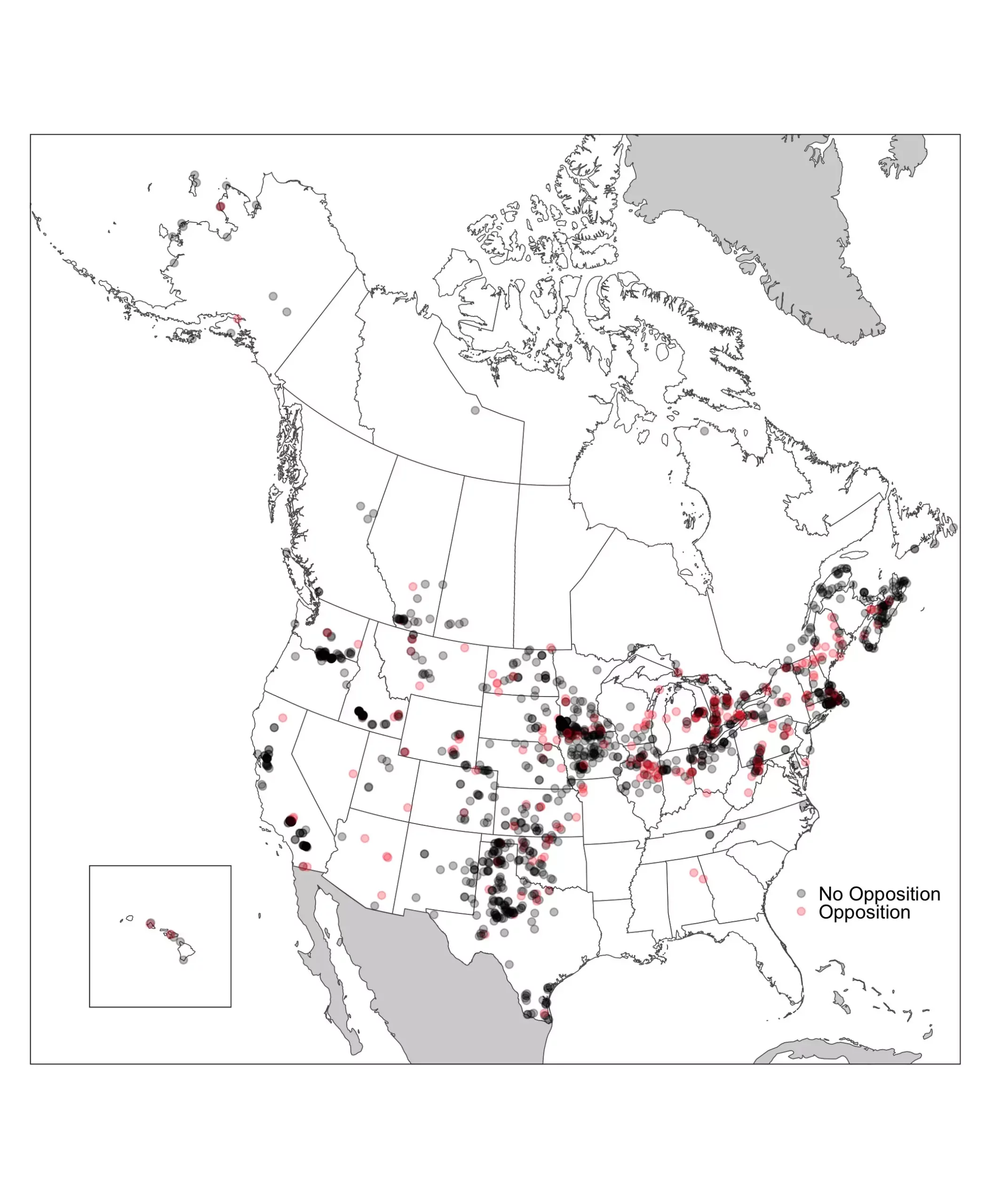In the fight against the climate crisis, transitioning to clean energy is crucial. Among various clean energy sources, wind energy stands out as the most prevalent. However, despite its potential, the deployment of wind energy projects often encounters significant local opposition. Understanding the prevalence of opposition and the factors that contribute to it is essential for the successful implementation of these projects. A recent study conducted by researchers from UC Santa Barbara, the University of Michigan, and Gallup Inc., published in Proceedings of the National Academy of Sciences (PNAS), provides valuable insights into the subject.
The study examined 1,415 wind energy projects across the United States and Canada from 2000 to 2016. The researchers collected and analyzed over 35,000 news articles related to these projects to identify patterns of opposition. The findings revealed that nearly one in five projects faced opposition, with rates of opposition increasing over time. In the United States, 17% of wind projects encountered significant opposition, while the figure stood at 18% for Canada.
Opposition Dynamics
One of the key discoveries of the study was that opposition to wind farms primarily originated from small groups of local opponents. These opponents engaged in various forms of protest, including physical demonstrations, legal actions, legislative efforts, and letters to the editor. Despite the impression sometimes given in the media, the number of individuals actively opposing wind projects was relatively small. The median number of protesters per project was 23 in the United States and 34 in Canada.
The study also identified certain demographic and socioeconomic factors that influenced the likelihood of opposition. In the United States, opposition was more common in communities with a higher percentage of white residents and a lower proportion of Hispanic residents, particularly in the Northeast. Furthermore, the study found that opponents of wind projects were overwhelmingly likely to be white (92.4%).
In Canada, opposition was concentrated in wealthier communities, with Ontario seeing a significant level of opposition. These findings suggest the influence of socioeconomic disparities on opposition patterns.
The Problem of “Energy Privilege”
The concept of “energy privilege” emerged from this research as a key environmental justice challenge. It describes the phenomenon where wealthier, whiter communities oppose wind energy projects, effectively prolonging the lifespan of fossil fuel plants. Many fossil fuel plants are located in lower-income communities and communities of color, leading to unequal burdens of pollution. This injustice becomes evident when wealthier communities hinder the transition to clean energy, thereby perpetuating the environmental harm faced by marginalized communities.
Implications for Wind Energy Expansion
Understanding the underlying reasons for local opposition to wind energy projects is vital for addressing this barrier. Public engagement and education campaigns can play a crucial role in dispelling misconceptions and alleviating concerns related to wind energy. By fostering dialogue and transparent communication, stakeholders can work towards finding common ground and addressing specific concerns of local communities.
Additionally, the study highlights the importance of considering environmental justice implications during the planning stages of wind energy projects. Efforts should be made to ensure that vulnerable communities are not disproportionately burdened with the negative consequences of fossil fuel plants.
As we strive towards a sustainable future, it is essential to overcome local opposition and accelerate the deployment of wind energy projects. This comprehensive analysis sheds light on the prevalence of opposition and its underlying dynamics in the United States and Canada. By recognizing the environmental justice challenges associated with opposition, we can work towards a more equitable and sustainable energy transition. Ultimately, embracing clean energy sources like wind power is crucial for combating climate change and securing a prosperous future for all.



Leave a Reply